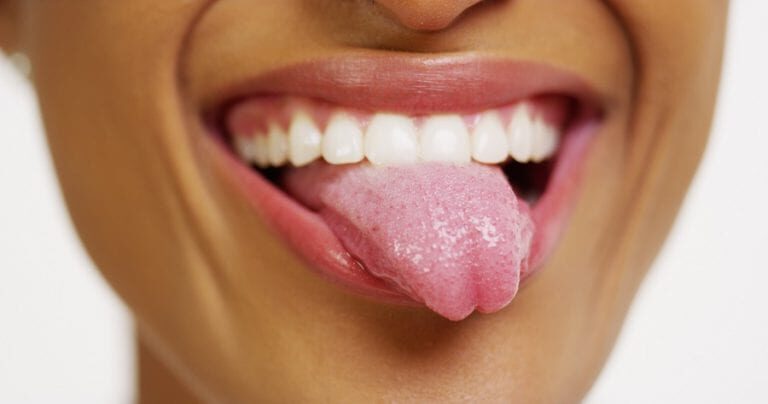
Although human sensory panels are the most common way to analyze a substance's taste, there can be a lot of differences in how people perceive flavors. To get more objective data, researchers have made bioelectronic tongues in the lab, but they either are complicated to manufacture or can't fully replicate the way the human tongue works. Human tongues have sweet taste receptors with two large, complex structures that bind to compounds such as sugars. The outermost portion of one of these structures is called the Venus flytrap domain because its hinged, two-lobed molecular structure resembles the leaves of the insectivorous plant that close around its prey. This domain interacts with most of the sweet substances a person consumes. In a previous study, Tai Hyun Park, Seunghun Hong and colleagues made an umami sensor with human-like performance by using just the protein at the end of the umami taste receptor. So, these researchers wanted to apply the same concept to make a sweet-sensing bioelectronic tongue, using the Venus flytrap domain as electronic taste buds.
The researchers attached copies of the Venus flytrap domain that were made by bacteria in a thin layer on a gold electrode. They then connected multiple gold electrodes together with carbon nanotubes, making a field-effect transistor device. When solutions of naturally sweet sucrose or of the artificial sweetener saccharin were applied to the device, the current decreased. The sensor responded to these solutions down to the 0.1 femtomolar level, which is 10 million times more sensitive than previous bioelectronic sweet sensors, the researchers say. The device could also consistently measure the sweetness of real drinks, such as apple juice and sucrose-sweetened chamomile tea, but it did not show a response when cellobiose (a tasteless sugar) or monosodium glutamate (a salt known as MSG) were introduced. Because the bioelectronic tongue was both sensitive and selective for sweet-tasting compounds, the researchers say this could be a powerful tool for the health care, pharmaceutical, and food and drink industries.
The authors acknowledge funding from the National Research Foundation (NRF) of Korea, the Ministry of Science and ICT (MSIT) of Korea, the Ministry of Trade, Industry and Energy (MOTIE) of Korea, Samsung Electronics, the European Research Council (ERC) within the European Union's Horizon 2020 programme, and the Korea Institute of Science and Technology (KIST) Institutional Program.
The American Chemical Society (ACS) is a nonprofit organization chartered by the U.S. Congress. ACS' mission is to advance the broader chemistry enterprise and its practitioners for the benefit of Earth and all its people. The Society is a global leader in promoting excellence in science education and providing access to chemistry-related information and research through its multiple research solutions, peer-reviewed journals, scientific conferences, eBooks and weekly news periodical Chemical & Engineering News. ACS journals are among the most cited, most trusted and most read within the scientific literature; however, ACS itself does not conduct chemical research. As a leader in scientific information solutions, its CAS division partners with global innovators to accelerate breakthroughs by curating, connecting and analyzing the world's scientific knowledge. ACS' main offices are in Washington, D.C., and Columbus, Ohio.
Reference:
Ultrasensitive Bioelectronic Tongue Based on the Venus Flytrap Domain of a Human Sweet Taste Receptor



Reader Comments
to our Newsletter